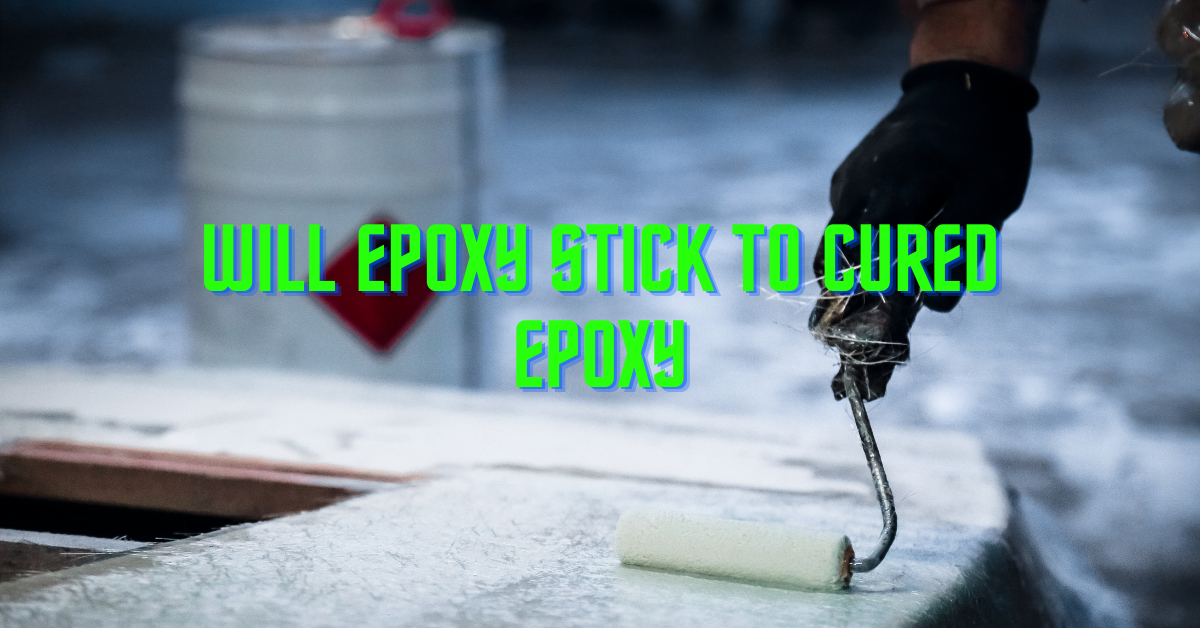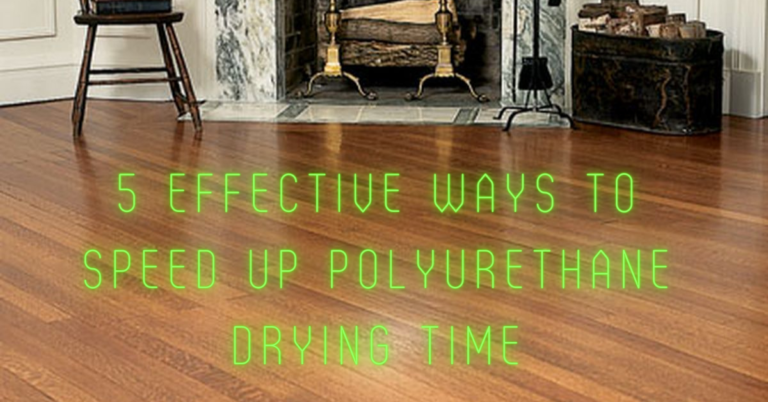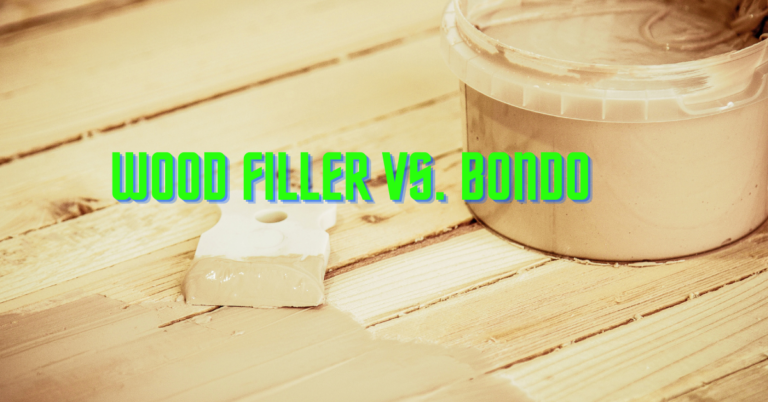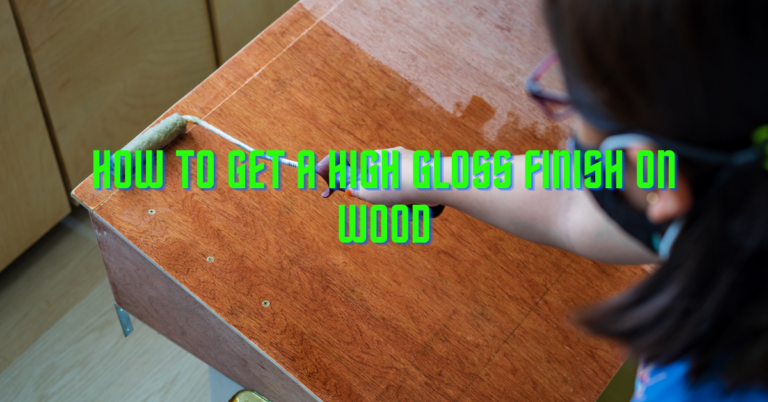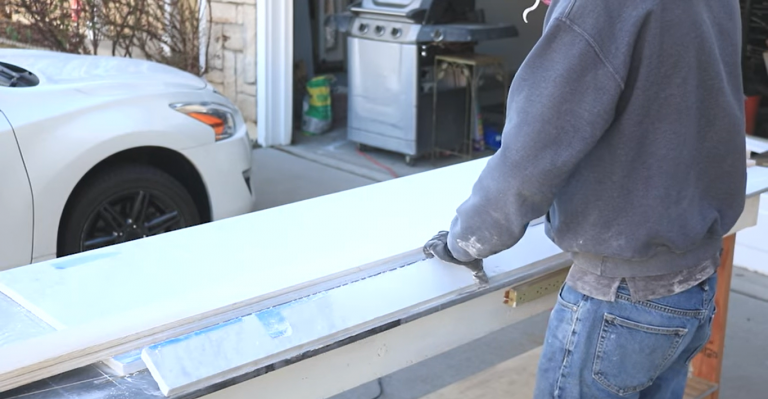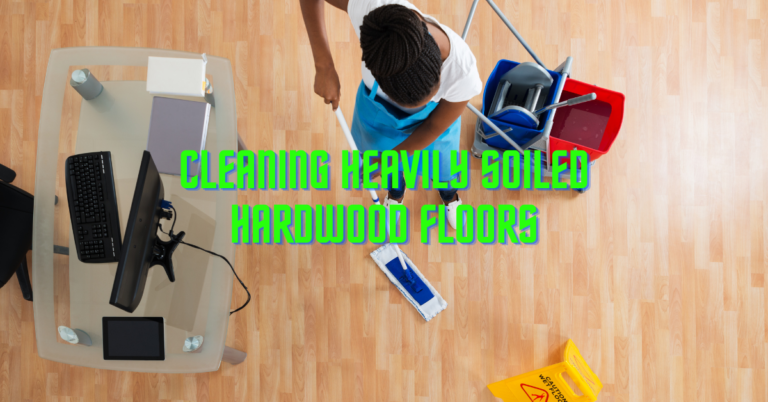Will Epoxy Stick To Cured Epoxy (What You Need To Know)
Epoxy finishes are the best choices for furniture and hardwood flooring; they can be used to finish table tops, kitchen cabinets, and other wooden surfaces giving attractive looks that everyone would appreciate. These products are durable and last longer on surfaces.
Epoxy coating is tough but is not indestructible, sometimes, objects that are too big for the surface may fall on it causing damage to the surface, and this is one reason why a second coat may be required. The question now is, will Epoxy stick to cured Epoxy? Yes it will, you may need to go through some extra process but yes, epoxy will stick to cured epoxy.
Since the epoxy finish has cured, there can’t be a chemical bond with another epoxy coat, it only leads to the development of a mechanical bond, in creating this, you may need to sand the cured epoxy before you can apply the next coat on it.
This formula process provides so much strength; they do not shrink easily and come with excellent adhesion on the surfaces. It is less expensive and less toxic compared to other finishes.
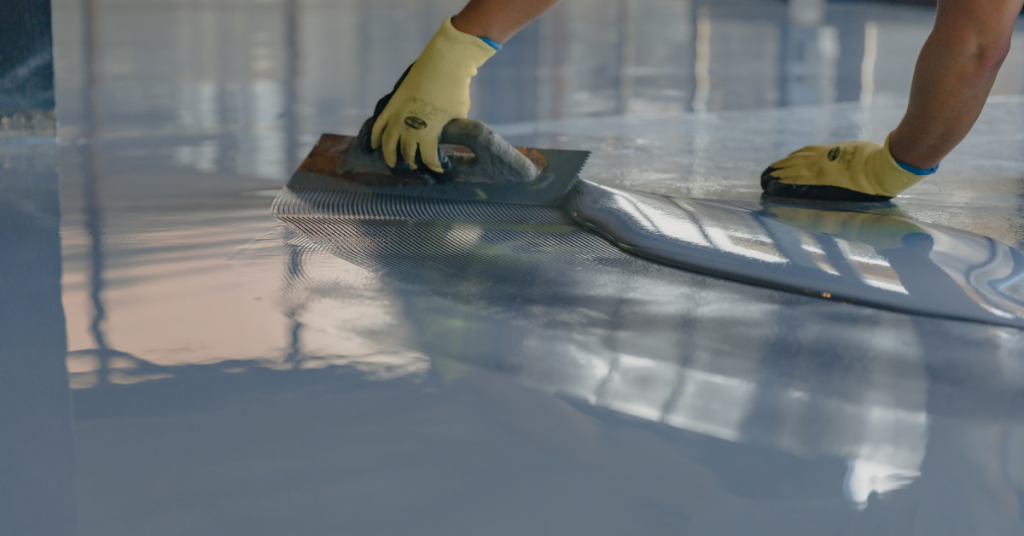
All at a Glance
Reasons You May Need an Additional Coat of Epoxy
A reason you may need to apply a coat of epoxy on cured epoxy is the need to have a thick protective coat. They are tough and durable so are less likely to get damaged from dropped items.
Heavy objects may mistakenly fall over your wood surface and can cause great damage, one way of avoiding or minimizing the damage is having a thick protective surface. The goal of resin is to make surface perfect so another reason why an additional coat of epoxy may be needed is when there’s a wrong application process of the first coat.
During the application of the formula, there might have been a mistake that can lead to a mess. These common mistakes include;
- Inadequate preparation
- Miscalculation of the amount of epoxy required for a surface may lead to you managing the quantity at hand
- Climate problems that may affect the drying and curing period of the finish
- Wrongful mixing of the formula.
You may be trying to fix the mistake you made during the application of the epoxy finish by adding a second coat of epoxy on the cured epoxy.
Circumstances where you can’t apply a second coat
There are circumstances where the second coat of epoxy may not be possible, you will need to begin from the scratch, such circumstances include;
- Where epoxy coating has started peeling, this indicates that there is a more serious issue to deal with and not just applying a second coat of epoxy.
- Where the existing coating is already worn and the concrete is now more visible than the coating a second coating may not work
- If you have painted over an existing epoxy coating or you have applied other types of floor sealant, a second coating may also not work. So you may have to grind the entire coat away and apply a new coating.
All preparations as you would do for a new coating will be followed in this process which includes cleaning the surface and ensuring it is dust-free.
How Safe is Epoxy?
Most epoxy products are safe but the reactions our skins may give differ and so you should not take any chances when applying the finish.
Your skin and body generally may be sensitive to these chemical formulas; you may develop itching, rashes, sores, and so on when these solutions come in contact with your body so it is best to wear protective gear during the process.
Respiratory issues might also come up during the processes so ensure you have your nose masks on. You may need gloves, nose masks, long-sleeved overalls, and so on.
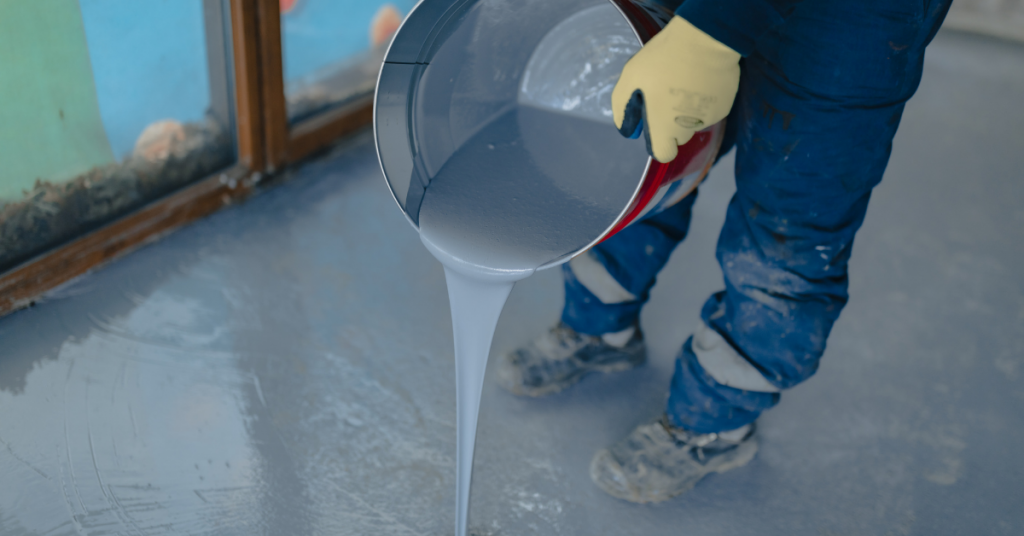
Steps to Applying a Second Coat to Cured Epoxy
i. Your preparation is the key to successfully applying a second coat on cured epoxy. The first thing to do is to roughen the surface of the existing epoxy so that the second coat can adhere to it.
You only want to de-gloss the surface not remove the coat so you should not be too rough with it. Sanding will not only get rid of the imperfection but will also provide some tooth between the first and second coat.
It may at first look scuffed but once the second coat is applied, the sanding marks will disappear. Cured epoxy has to be sanded lightly before the next coat is applied: the first coat should have a matt, almost white surface.
If the first coat has developed a blush, you need to remove it before sanding. This can be removed using warm water with a few drops of liquid soap. Sugar soap is another fast way of removing it.
ii. If the epoxy is wet but cured enough to support the weight of the next coat, you can just apply the second coat to create a primary bond.
iii. Once you have roughened the surface, wipe away dust and thoroughly vacuum the surface to remove dust and dust particles. You may apply methylated spirit to a rag and use it to wipe the surface to properly get rid of dust.
iv. If your epoxy is completely cured, you need to check the surface for amine blush. It is a wax-like film on the cured epoxy surface. It can prevent bonding to further layers of epoxy so you need to get rid of it. The good thing is it is water-soluble and very easy to remove.
To get rid of it, all you need to do is wash the surface with clean water and an abrasive pad and dry with fresh paper towels to rub off the blush before it dries on the surface again. Sand any glossy area of the surface and clean away the dust before applying the next coat of epoxy.
v. You need to ensure there isn’t debris, sticky pieces, or dust particles on the surface. If you have a large divot in your epoxy, you may need to fill it before going ahead with the second coat. Thoroughly mix a new bit of epoxy and only cover the spot.
vi. Now that you have prepared the surface of the existing coat, you can now proceed to mixing and applying the new coat on the surface.
vii. There is no fixed time as to how long the first coat needs to stay to be properly dried. It all depends on temperature and humidity level but the standard is to wait for at least 24 hours before applying the second coat.
Also Read: Best torch for acrylic pouring
Recoating an old Epoxy floor for a new look
It is not difficult to prepare and recoat an existing epoxy floor coating; the only important thing is doing it right.
The first thing to do is to prepare the surface before recoating the epoxy floor. You need a wire brush and a vacuum cleaner to prepare the surface for a new look. You have to clean the surface to get rid of debris or dust so that it is ready for a new coat of epoxy.
Use alcohol products to remove any dust particles on the surface, this is necessary to get rid of dust particles that won’t allow the coat stick well
Sand the surface to remove a small coating layer; you should be careful not to remove too much paint as it can change the appearance of your first coat.
Once your surface is ready, you may now then go on with mixing and applying the additional coat of epoxy on the surface.
Final Thought: Will Epoxy Stick To Cured Epoxy
Epoxy finish is the best choice when it comes to having a reliable, strong, stable finish for your wood surfaces. It is strong, durable and adheres well on most surfaces. If you want flooring that will last for a long time then epoxy flooring is the ideal choice.
Adding a second coat of epoxy resin can be a great way to get rid of imperfections, build up thickness and ensure that surface is well hardened. The major question of will epoxy stick to cured epoxy has been answered in this article.
Different types of epoxy may have different instructions on how long you need to wait before applying a second coat. Epoxy takes a long time to cure so it may not be ideal for high traffic spaces.
Liquid epoxies most times take up to 2 hours while powdered epoxies may require a longer time of about 24 hours before you can apply the second coat. There is no maintenance needed for epoxy as it is water and chemical-resistant.
It also offers a very attractive appearance with its glossy coatings; it decreases wear and tear and is very protective. All you need to do is properly prepare the surface and follow the steps explained so that the new coat can adhere well on the cured coat surface and you can get the best results on your projects.
Important Reads:

